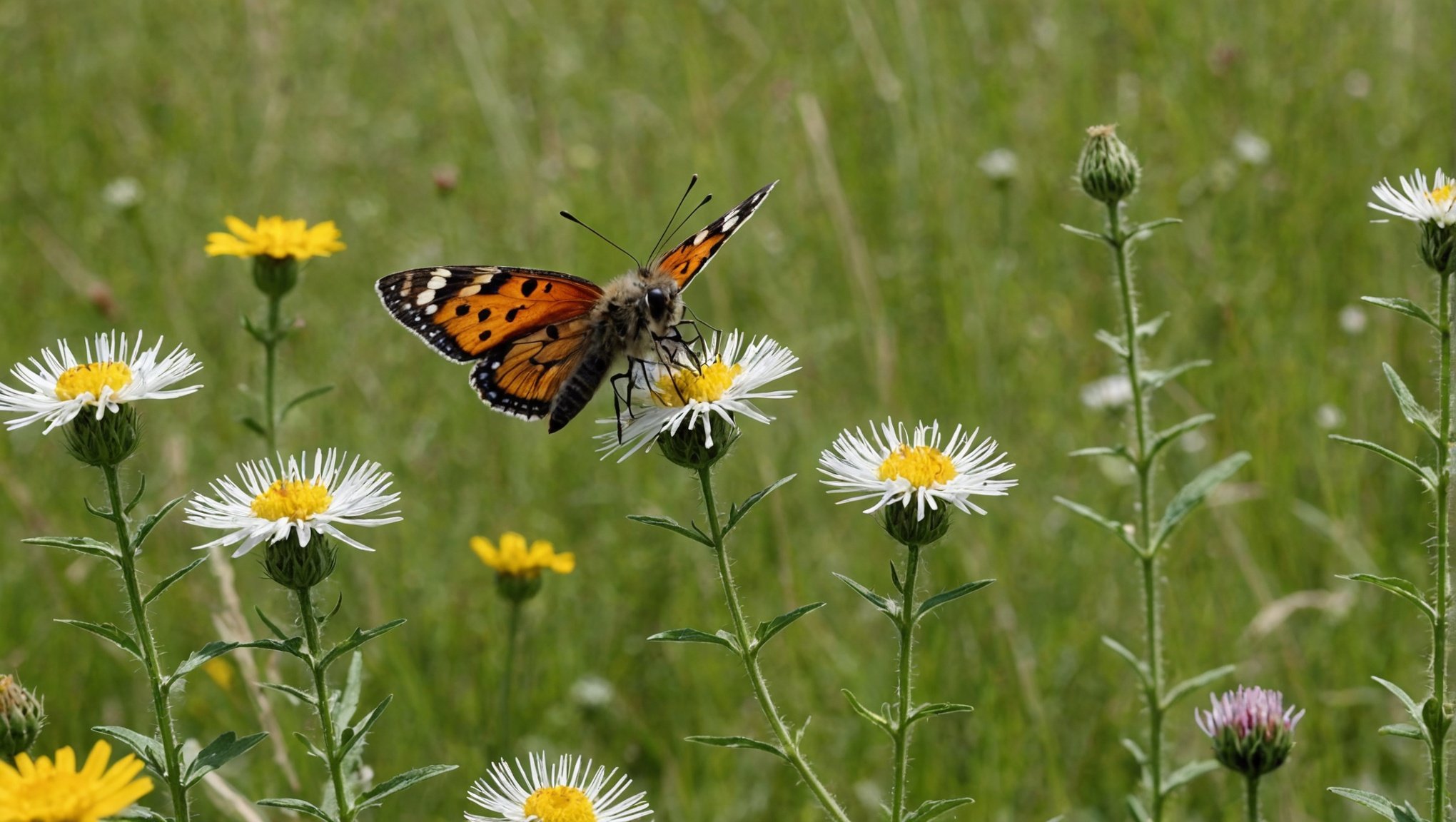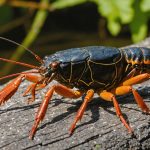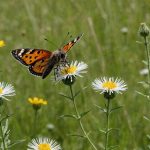In the heart of the United Kingdom, a quiet revolution is unfolding. A change in land management practices known as rewilding are fundamentally shifting how we interact with our environment, with a particular focus on the country’s meadows. The impacts of this change are multifaceted, but one particular area where it has had a significant effect is on the UK’s insect biodiversity. So, how exactly does the rewilding of UK’s meadows support insect biodiversity? This article seeks to address this crucial question.
The Concept of Rewilding
It’s essential to understand what rewilding is before we delve into its impact on insect biodiversity. Rewilding is a progressive approach to conservation. It’s about letting nature take care of itself, enabling natural processes to shape land and sea, repair damaged ecosystems, and restore degraded landscapes. Through rewilding, wildlife’s natural rhythms create wilder, more biodiverse habitats.
A lire en complément : How can UK households reduce hedgehog fatalities during bonfire celebrations?
Restoring Natural Habitats
Central to rewilding is the restoration of natural habitats. In the context of UK meadows, this involves a shift away from traditional farming practices that often involve the use of pesticides and herbicides. These chemicals can have detrimental effects on insect populations, depleting their numbers and reducing biodiversity. By reducing or eliminating the use of these chemicals, rewilding allows for a healthier, more diverse insect population.
Additionally, rewilding often involves the reintroduction of native plant species. This creates a more diverse habitat, providing a wider range of food sources and breeding grounds for insects. Such an environment can support a more diverse range of insect species, leading to enhanced biodiversity.
A voir aussi : How does the installation of green roofs in UK cities benefit local bird species?
Encouraging Ecological Interactions
Another aspect of rewilding is the encouragement of ecological interactions. These interactions are crucial for insect biodiversity. When the full range of animals and plants are present in an ecosystem, complex networks of interactions emerge. These interactions can support a wide range of insect species, promoting biodiversity.
Consider, for example, the role of predators in an ecosystem. Predators can control the populations of certain insect species, preventing them from becoming too dominant and allowing other species to flourish. By rewilding meadows and reintroducing predators, we create more balanced and diverse insect populations.
The Role of Insects in Ecosystems
Insects play a vital role in our ecosystems. They are pollinators, waste recyclers, and a source of food for other wildlife. They are also indicators of overall ecosystem health. A diverse and thriving insect population is often a sign of a healthy ecosystem.
In the context of rewilding, insects are particularly important. Due to their sheer number and diversity, they are among the first organisms to react to changes in the environment. If a rewilded meadow is successfully supporting a diverse range of plant life, this will be reflected in the diversity of its insect populations.
The Evidence for Rewilding’s Impact on Insect Biodiversity
There is a growing body of evidence that rewilding can have a positive impact on insect biodiversity. Much of this evidence comes from studies conducted in rewilded meadows in the UK.
For example, a study conducted by the University of Sussex found that rewilded meadows supported 25% more species of bees and wasps, and 50% more species of spiders, compared to traditionally managed meadows. The study concluded that rewilding can create habitats that support a much wider range of insect life than traditional farming practices.
Another study published in the Journal of Applied Ecology found that rewilded meadows had significantly higher numbers of butterflies, particularly species that are typically rare or declining in the UK. The study suggested that this increase was due to the greater variety of plant life found in rewilded meadows, providing more food and habitat for butterflies.
Challenges and Future Directions for Rewilding
Despite the potential benefits of rewilding, there are also challenges. One such challenge is the need for a shift in societal attitudes towards nature and conservation. Rewilding requires a hands-off approach, allowing nature to take its course. This can be a difficult concept for people accustomed to traditional, human-centred approaches to conservation.
Furthermore, rewilding is a long-term process. It can take many years, even decades, for ecosystems to fully recover. This requires patience and sustained commitment.
Despite these challenges, the future of rewilding looks promising. Its potential benefits for biodiversity, including insect biodiversity, are becoming increasingly clear. As our understanding of rewilding continues to grow, so too does the hope that we can create a future where our meadows buzz with the sound of a diverse and thriving insect population.
The Impact of Rewilding on Rare and Endangered Insects
In the context of UK meadows, the process of rewilding can greatly contribute to the conservation of rare and endangered insects, many of which have seen their populations plummet due to human activities. By letting meadows return to their natural state, we can create environments that are ideally suited to the needs of these species.
One example of this is the Duke of Burgundy butterfly, a species that has suffered dramatic declines due to the loss of its preferred habitat: wild, unmanaged meadows. However, rewilding projects have seen these butterflies return to areas where they had been absent for many years, demonstrating the impact these initiatives can have.
Furthermore, a report from the University of Leeds highlighted how rewilded meadows can support more diverse insect populations. By studying the insect life in these meadows, the researchers found that they were home to many rare and endangered species, such as the grizzled skipper butterfly and the five-spot burnet moth.
These findings support the idea that rewilding can be an effective tool for boosting insect biodiversity in UK meadows. By creating a wider range of habitats and environments for these insects, we can help to safeguard their future and ensure that they continue to play their vital roles in our ecosystems.
Conclusion: Rewilding as a Tool for Insect Conservation
In conclusion, the rewilding of UK’s meadows has the potential to significantly boost insect biodiversity. From the reintroduction of native plant species to the elimination of harmful pesticides and herbicides, this approach to land management can create a variety of habitats that cater to the needs of a diverse range of insect species.
The evidence from scientific studies conducted in rewilded meadows in the UK demonstrates the positive impact of these initiatives. Rewilded meadows support more diverse insect populations, including rare and endangered species, than those managed using traditional farming practices.
However, to harness the full potential of rewilding, we need to overcome certain challenges. This will require shifts in societal attitudes towards nature and conservation, as well as commitment and patience, given that rewilding is a long-term process.
Despite these challenges, the future of rewilding looks promising. Its potential benefits for biodiversity, including insect biodiversity, are becoming increasingly clear. As we continue to understand and apply rewilding principles, we can envision a future where our meadows teem with a rich and diverse range of insect life, contributing to healthier and more resilient ecosystems.
















